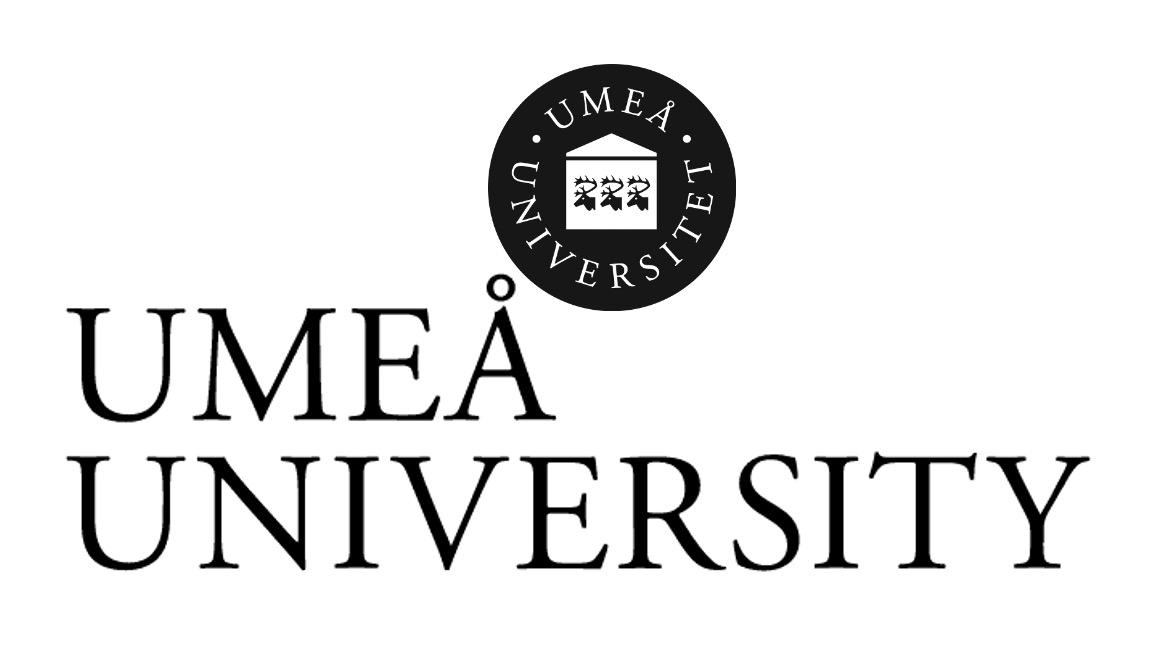Fatty Acids Definition
Fatty acids are any group of long-chain hydrocarbons produced from the breakdown of lipids, with a carboxylic acid at the start and a methyl end (through hydrolysis). The building blocks of fats, oils, and waxes are fatty acids.
What are Fatty Acids?
It refers to any hydrocarbon chain having a single carboxylic group and an aliphatic tail. It’s made when fats (typically triglycerides or phospholipids) are broken down in a process called hydrolysis. Fatty acids are a lipid subclass. Glycerol, glycerophospholipid, sphingolipid, sterol lipid, and prenol lipid are some of the other primary kinds of lipids. Lipids are organic molecules that are soluble in nonpolar but not polar solvents (e.g., ether and water respectively).
Fatty Acids Structure
R-COOH can be used to indicate a fatty acid, with R denoting the aliphatic moiety and COOH denoting the carboxylic group (making the molecule an acid). The general formula is CnH2n+1COOH. The number of carbons in almost all natural fatty acids is even. This is because fatty acids are made by adding two carbons to malonyl-CoA each time.
Fatty Acids Types
Depending on the type of the covalent link, fatty acids are divided into two groups: (1) unsaturated fatty acids and (2) saturated fatty acids. Unsaturated fatty acids are those with one or more double bonds, allowing them to absorb extra hydrogen atoms.
Monounsaturated and polyunsaturated fats are two types of monounsaturated fats. Monounsaturated fatty acids, polyunsaturated fatty acids, omega fatty acids, and other unsaturated fats are examples. Saturated fatty acids are those that have no unsaturated carbon-carbon bonds.
Lauric acid, palmitic acid, and other similar acids are examples. The length of the chain is another technique to categorize fatty acids. A short-chain fatty acid is one having an aliphatic tail of five or fewer carbons. A medium-chain fatty acid is one with a 6 to 12 carbon aliphatic tail. A fatty acid with a 13 to 21 carbon aliphatic tail is known as a long-chain fatty acid.
The term “extremely long chain fatty acid” refers to a fatty acid having an aliphatic tail of 22 or more carbons. Essential fatty acids are a kind of fatty acid that is unique. They’re named that since we can’t make them ourselves and have to get them from our food. Linoleic acid and alpha-linolenic acid (ALA), which are found in plant oils, are examples of important fatty acids.
Biosynthesis of Fatty Acids
Fatty acids are produced in the cytoplasm of the cell. Fatty acid production occurs in the liver and adipose tissue of mammals. During breastfeeding, it can also be found in the mammary glands. The process starts with the cytosol’s conversion of glucose to pyruvate (through glycolysis).
Pyruvate is metabolized to acetyl CoA in the mitochondrion. When acetyl CoA is activated, it enters the citric acid cycle and is converted to citrate by interacting with oxaloacetate, displacing coenzyme A.
Citrate exits the citric acid cycle and the mitochondrion during fatty acid synthesis. The enzyme ATP citrate lyase cleaves it into acetyl-CoA and oxaloacetate once it reaches the cytosol. (For the citric acid cycle, oxaloacetate returns to the mitochondrion.).
The enzyme acteyl CoA carboxylase converts acetyl CoA in the cytosol to malonyl-CoA by carboxylation. In fatty acid biosynthesis, this phase is known as the committed step. Two carbons are added to the fatty acid chain at a time. The addition of three fatty acids to one glycerol molecule is nearly invariably the end result of fatty acid synthesis, resulting in triglyceride” (fat).
Lipolysis can break down triglycerides to release fatty acids (also known as “free fatty acids”). The available plasma albumin transports fatty acids into the circulation. They are taken in by cells and processed in the mitochondrion’s citric acid cycle.
When fatty acids are taken up by cells for beta-oxidation and ultimately combustion via the citric acid cycle, they are destroyed. CO2 and water are produced as a result of the operation.
Fatty Acids Function
Triglycerides contain a high concentration of fatty acids (fats). Triglycerides are a kind of biomolecule that stores chemical energy that may be used to power metabolic activities like muscle contraction. They are also an important structural component of cell and organelle membranes in biology.
Fatty Acids Citations
- Essential Fatty Acid Requirements and Intravenous Lipid Emulsions. JPEN J Parenter Enteral Nutr . 2019 Aug;43(6):697-707.
- Fatty Acid Desaturases, Polyunsaturated Fatty Acid Regulation, and Biotechnological Advances. Nutrients . 2016 Jan 4;8(1):23.
- Cellular fatty acid metabolism and cancer. Cell Metab . 2013 Aug 6;18(2):153-61.







